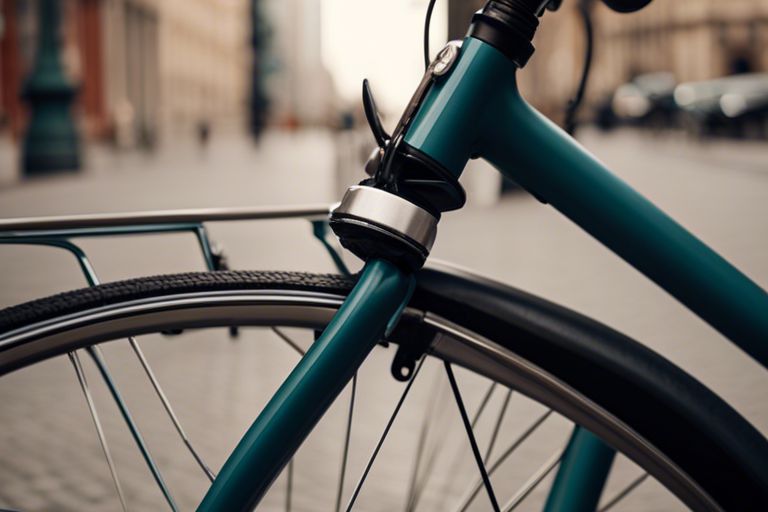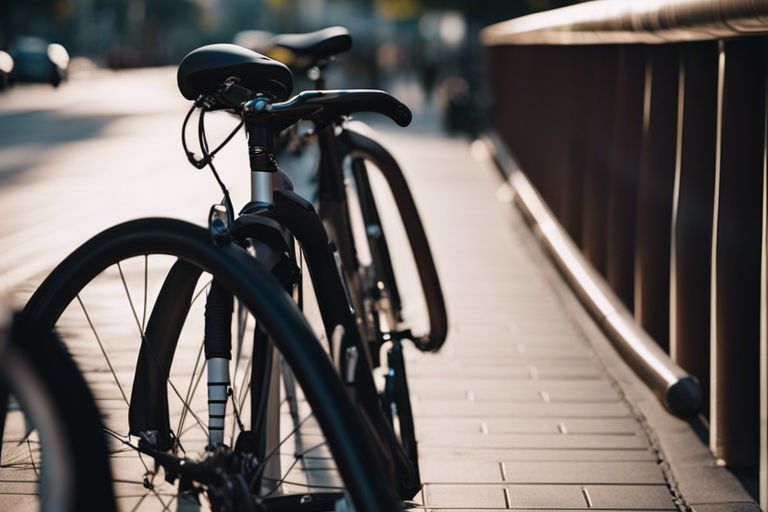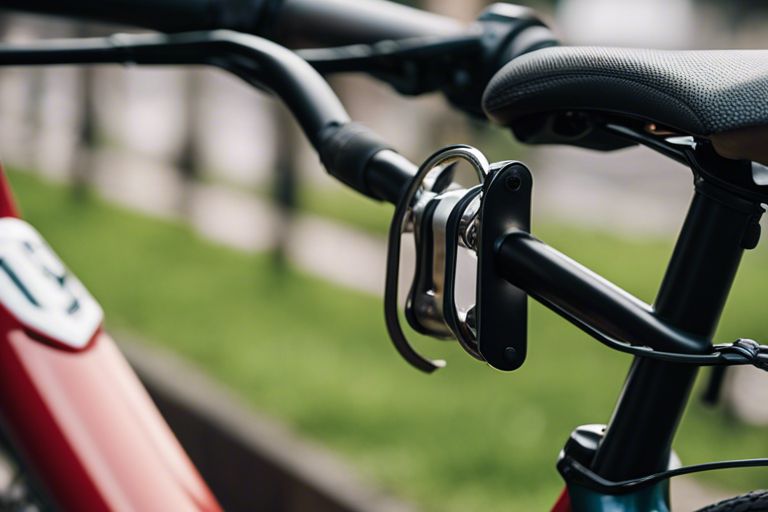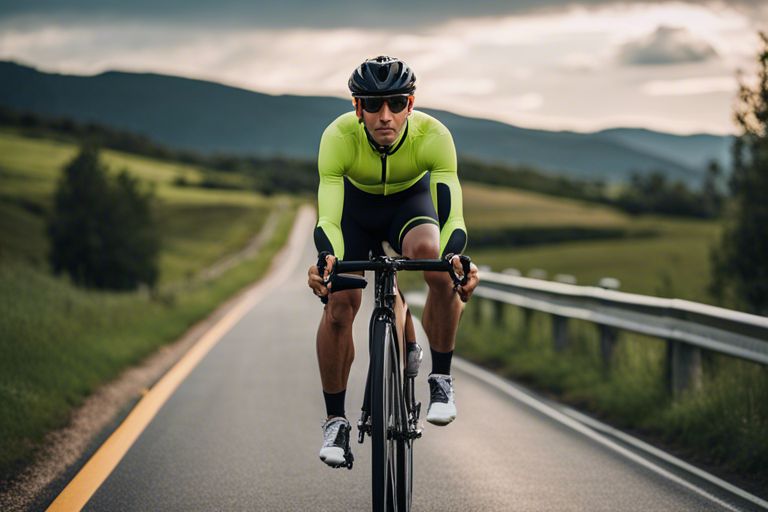This comprehensive guide will provide you with all the necessary steps and tips to ensure your bike is securely locked and protected from theft. Properly securing your bike is vital in preventing it from being stolen, especially in high-theft areas. By following these expert recommendations, you can feel confident that your bike will remain safe and sound whenever you need to leave it unattended.

Key Takeaways:
- Invest in a quality lock: Using a high-quality lock, such as a U-lock or chain lock, can greatly reduce the risk of theft.
- Secure both the frame and wheels: Make sure to lock both the frame of the bike and at least one wheel to a fixed object using the lock.
- Choose a visible and well-lit location: Lock your bike in a well-lit area that is visible to others to deter potential thieves.

Factors to Consider When Locking a Bike
Little things can make a big difference when it comes to keeping your bike safe. Before you lock up your ride, consider the following factors to ensure maximum security:
- Choose the right locking location – Opt for well-lit, high-traffic areas.
- Invest in a quality lock – Look for sturdy U-locks or heavy-duty chains.
- Secure both wheels and frame – Use multiple locks if necessary.
- Avoid locking to weak structures – Make sure the bike rack or pole is secure.
Recognizing the importance of these factors can greatly reduce the risk of your bike being stolen. For more tips on bike security, check out What is the best way to lock your bike so it doesn’t get stolen?
Types of Bike Locks
While choosing a bike lock, it’s imperative to understand the different types available and their level of security. Here is a breakdown of common bike locks:
| U-Locks | Secure and durable, ideal for high-risk areas. |
| Cable Locks | Flexible and lightweight, best used as secondary locks. |
| Chain Locks | Heavy and sturdy, great for securing multiple bikes or in high-crime areas. |
| Folding Locks | Compact and easy to carry, suitable for urban environments. |
| Combination Locks | Convenient but less secure, recommended for low-risk areas. |
Thou should choose the type of lock based on your specific needs and the level of security required for your bike.
Environment and Location
To ensure the safety of your bike, consider the environment and location where you will be parking it. Factors to consider include:
Locks should be used according to the level of security needed. For instance, in a high-crime area, opt for heavy-duty locks like U-locks or chain locks. In low-risk areas, a cable lock or combination lock may suffice.
Step-by-Step Guide to Locking Your Bike
| Step | Description |
| 1 | Choose a secure location to park your bike. |
| 2 | Select the right type of lock for your bike. |
| 3 | Secure both the frame and wheels of your bike to an immovable object. |
| 4 | Double-check the lock to ensure it is properly secured. |
Choosing the Right Lock for Your Bike
There’s a wide range of bike locks available on the market, including U-locks, cable locks, and chain locks. Be sure to choose a lock made of durable materials and with a secure key or combination system to deter theft.
Proper Locking Methods
To properly secure your bike, make sure to lock it in a well-lit and visible area where potential thieves are less likely to strike. Always lock both the frame and wheel of your bike to a fixed object, and avoid locking it to anything that can be easily cut or removed.
It is also a good idea to position the keyhole of the lock facing downward to make it more difficult for thieves to pick or tamper with the lock.

Additional Security Tips
Now, in addition to proper locking techniques, there are some extra security measures you can take to further protect your bike from theft.
Strategies to Deter Thieves
To deter thieves, consider parking your bike in well-lit areas with high foot traffic. Thieves are less likely to target a bike that is in a visible and busy location. Additionally, investing in a bike cover can help disguise the make and model of your bike, making it less appealing to potential thieves. Note, the goal is to make your bike less of a target by increasing the level of effort required to steal it.
Usage of Security Accessories
One important security accessory every bike owner should consider is a sturdy U-lock. These locks are more resistant to cutting compared to cable locks and provide a higher level of security. Additionally, using a secondary lock in conjunction with your primary lock can further deter thieves. Bike alarms and GPS trackers are also effective accessories to consider for added security.
Security accessories are investments that can greatly reduce the risk of bike theft. It is important to choose high-quality locks and accessories to ensure the maximum level of protection for your bike.
Final Words
Following this comprehensive guide on how to properly lock a bike will significantly reduce the risk of theft and ensure the safety of your valuable asset. Remember to invest in a high-quality U-lock, secure both the frame and wheel to a fixed object, avoid locking your bike in isolated areas, and register your bike with local authorities or online databases. By taking these precautionary measures, you can enjoy peace of mind knowing that your bike is properly secured wherever you go.
FAQ
Q: Why is it important to properly lock a bike?
A: Properly locking a bike is crucial to deter theft. Bikes are valuable and easy targets for thieves, so using the right locking techniques can significantly reduce the risk of your bike being stolen.
Q: What type of lock should I use to secure my bike?
A: It is recommended to use a U-lock or a heavy-duty chain lock made of hardened steel. These types of locks are more reliable and sturdy, making it harder for thieves to cut through and steal your bike.
Q: How do I properly lock my bike to ensure maximum security?
A: When locking your bike, make sure to secure it to a fixed and immovable object such as a bike rack or a sturdy pole. Pass the lock through the frame of the bike and the wheels, and then secure it tightly. Position the lock off the ground to make it more difficult for thieves to tamper with. Additionally, consider locking your bike in a well-lit and visible area to further deter potential thieves.




